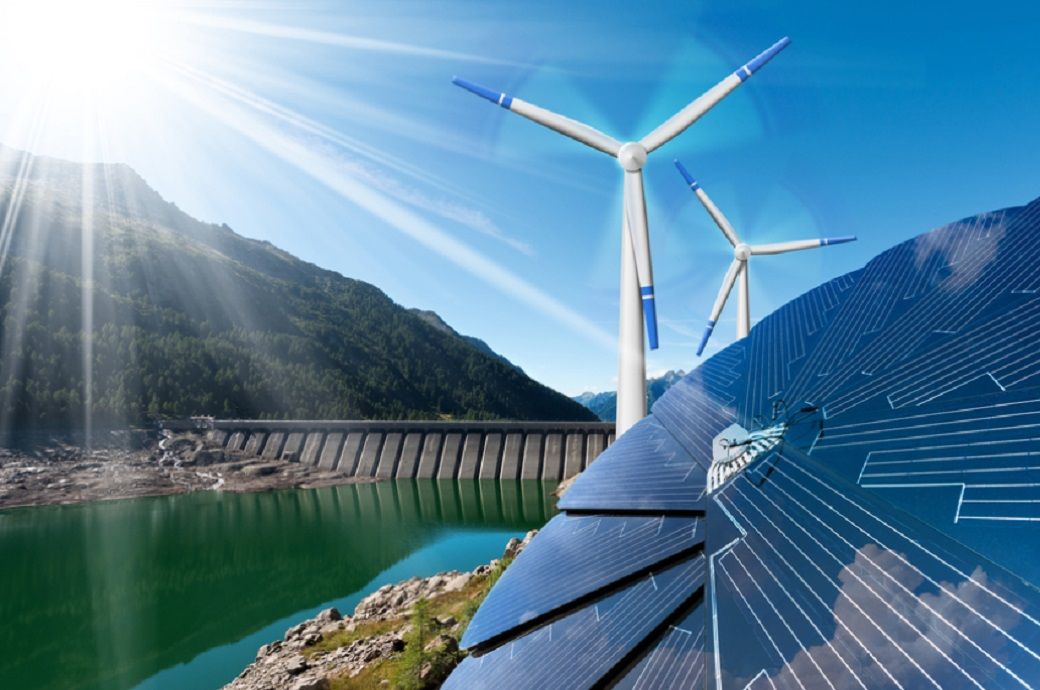
Countries need to intensify their efforts to stay above the baseline established in Regulation 2018/1999 on the governance of the energy union and climate action, and to comply with the required EU trajectory. This is even more so taking into account that in 2021 the European Commission issued its proposal for amending the Renewable Energy Directive, where it aims to increase this target to 40 per cent, with the REPowerEU plan in 2022 upping this target further to 45 per cent, according to a press release by Eurostat, which is the statistical office of the EU.
With more than half of their energy from renewable sources in its gross final consumption of energy, Sweden (62.6 per cent, relying mostly on a mix of biomass, hydro, wind, heat pumps, and liquid biofuels) had by far the highest share among the EU member states in 2021, ahead of Finland (43.1 per cent) and Latvia (42.1 per cent) (both using mostly biomass and hydro), Estonia (37.6 per cent, relying mostly on biomass and wind), Austria (36.4 per cent, mostly hydro and biomass), and Denmark (34.7 per cent, mostly biomass and wind).
In total, 15 of the 27 EU members reported shares below the EU average in 2021 (Belgium, Bulgaria, Czechia, Germany, Ireland, Spain, France, Italy, Cyprus, Luxembourg, Hungary, Malta, Netherlands, Poland, and Slovakia).
The lowest proportions of renewables were recorded in Luxembourg (11.7 per cent), Malta (12.2 per cent), the Netherlands (12.3 per cent), Ireland (12.5 per cent), and Belgium (13.0 per cent).
ALCHEMPro News Desk (NB)
Receive daily prices and market insights straight to your inbox. Subscribe to AlchemPro Weekly!